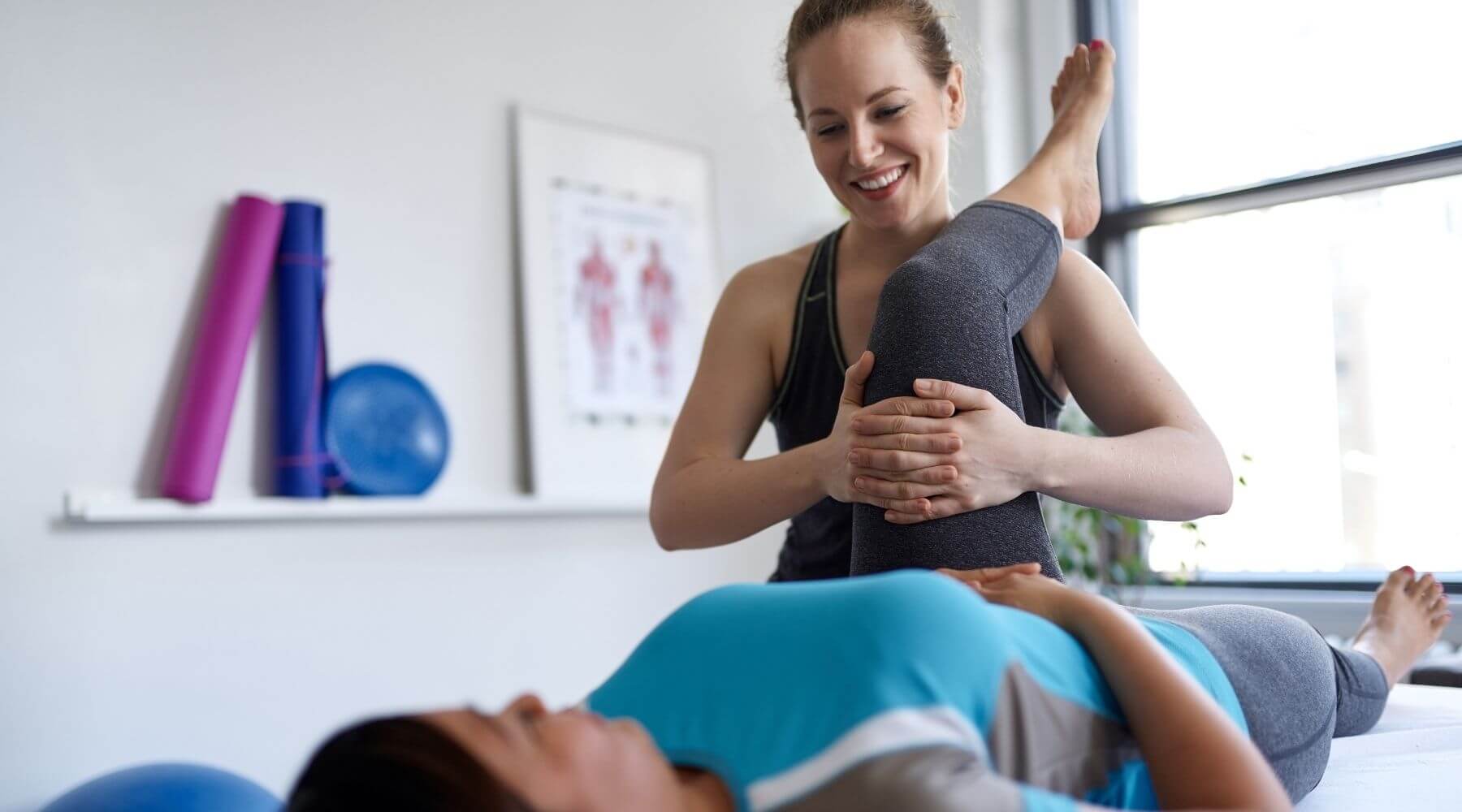Lymphedema ManagementIn Fort Collins, Windsor & surrounding cities
Lymphedema specialists are occupational and/or physical therapists with training in the management of lymphedema. Treatments are provided to control the swelling caused by lymphedema, and aim to keep other problems from developing or getting worse.
The goal of the various treatments is to help patients continue with activities of daily living, to decrease pain and to improve the ability to move the limb (arm or leg) with lymphedema. Our lymphedema specialists are Maud Monnet, PT and Sue Dukart, OTR/L, CHT. This service is offered at our East Fort Collins Clinic.
Lymphedema Management Services
- Lymphatic Drainage Massage – a treatment in which the soft tissues of the body are lightly massaged to help move lymph out of the swollen area into an area with working lymph vessels.
- Pressure Garments – Pressure garments, made of fabric, that put a controlled amount of pressure on different parts of the arm or leg to help move fluid and keep it from building up. Some patients may need to have these garments custom-made for a correct fit. Wearing a compression sleeve during exercise may help prevent more swelling in an affected limb. Pressure garments are also called compression sleeves, lymphedema sleeves or stockings.
- Bandages – Once the lymph fluid is moved out of a swollen limb, bandaging (wrapping) can help to prevent the area from refilling with fluid. Bandages also increase the ability of the lymph vessels to move lymph along. Lymphedema that has not improved with other treatments is sometimes helped with bandaging.
- Exercise – Both light exercise and aerobic exercise (physical activity that causes the heart and lungs to work harder) may help the lymph vessels move lymph out of the affected limb and decrease swelling.
- Compression Device – Compression devices are pumps connected to a sleeve that wraps around the arm or leg and applies pressure on and off. The sleeve is inflated and deflated on a timed cycle. This pumping action may help move fluid through lymph vessels and veins, and keep fluid from building up in the arm or leg. Compression devices may be helpful when added to the therapy program. The use of these devices should be supervised by a trained professional because too much pressure can damage lymph vessels near the surface of the skin.
- Self-Management Education – Our therapist place a high priority on teaching skills to help patients learn how to manage lymphedema symptoms. This includes education regarding preventive techniques, compression options, self-lymphatic drainage massage and symptoms to watch for as an indication of needing further professional assistance.

